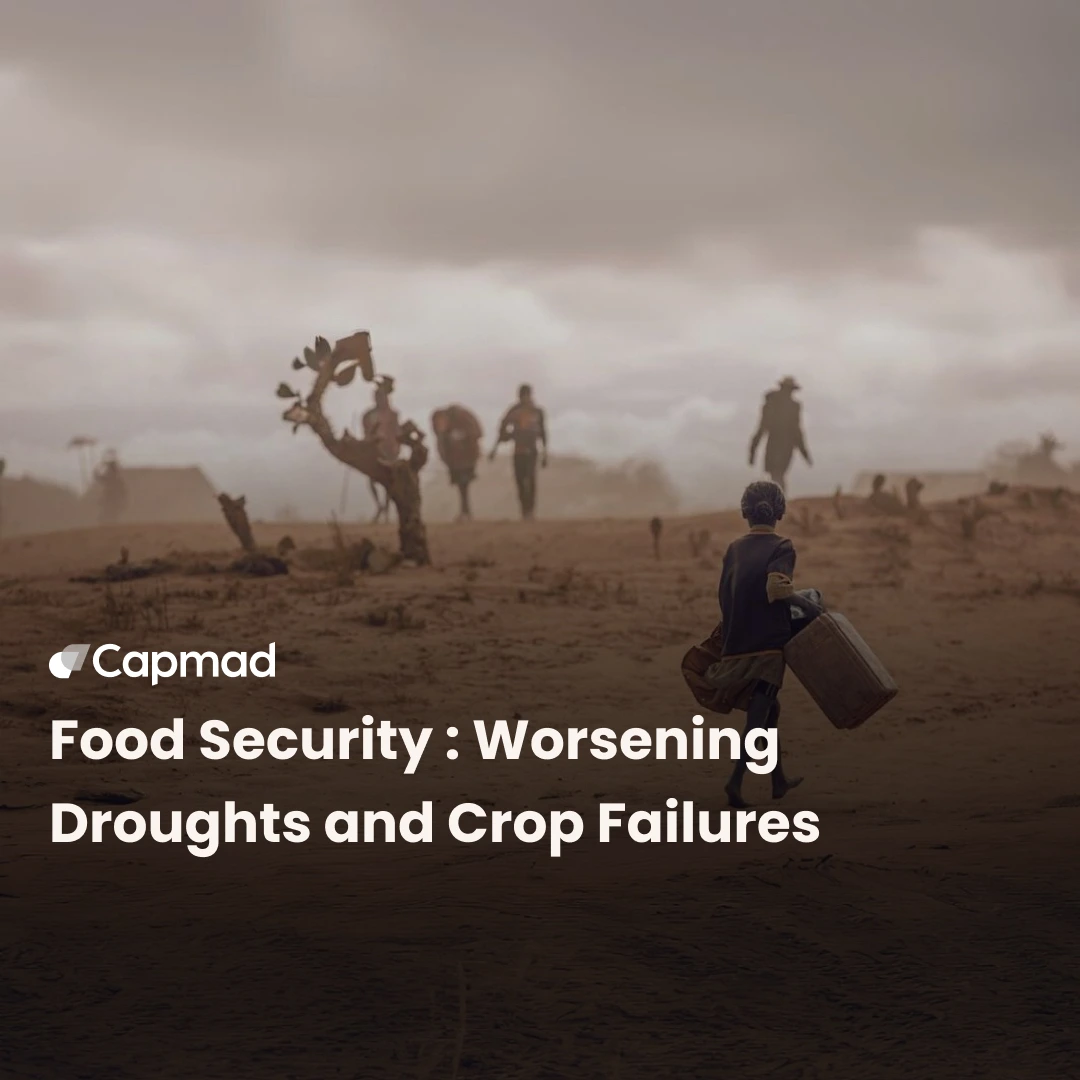The United Nations Conference on Biodiversity (COP16) concludes on November 1, 2024. Over two weeks of negotiations, key strategies have been defined to advance the Global Biodiversity Framework 2022. Beyond formal negotiations, key commitments and initiatives are emerging. Countries have reached a consensus on a new benefit-sharing mechanism. Nations have also agreed to establish a new permanent body for Indigenous Peoples, enabling them to advise and provide their perspectives directly at biodiversity COPs for the first time.
Protecting ecologically or biologically significant marine areas
One of the primary outcomes of COP16 is an agreement on new mechanisms to identify and protect Ecologically or Biologically Significant Marine Areas (EBSAs). This agreement comes after eight years of negotiations, aiming to ensure updated scientific descriptions of areas crucial to marine and coastal biodiversity. « This mandate gives new momentum to the 30×30 ocean conservation target as we need solid scientific data to conserve key areas in international waters », explained Mr. Licero.
The ocean absorbs significant carbon emissions and is a natural defense against extreme weather events. However, rising temperatures are increasingly compromising this ability, and acidification threatens marine life. Licero notes an increased demand at COP16 for more research, conservation strategies, and greater investment in coastal resilience. The approach of « ecosystem management », which recognizes the interdependence of marine and coastal ecosystems, is gaining traction and being integrated into National Biodiversity Strategies and Action Plans (NBSAPs).
Growing interest in sustainable consumption and production
Jonathan Green, head of the SEI delegation at COP16, closely followed discussions on sustainable consumption and production, particularly regarding the role of the private sector in managing biodiversity impacts in supply chains. « Interest in sustainable consumption has been growing for some time, especially in how companies report and manage biodiversity impacts in their supply chains. However, we see that countries still struggle to set their national targets », Green noted.
This trend gained new momentum with the historic announcement of major companies like GSK, Holcim, and Kering. In a one-year pilot project with the Science-Based Targets Network (SBTN), these companies have set ambitious goals, such as Kering’s targets for freshwater and land, and GSK and Holcim’s commitments for freshwater. SBTN plans to monitor these efforts with a corporate target tracking tool launching in early 2025, providing transparency and setting a standard for others to follow.
COP16’s first-ever Trade Day addressed the dual role of trade in supporting resource-efficient food production and development while highlighting the hidden environmental costs of global supply chains. The sessions called for greater accountability and transparency to help countries and companies tackle these embedded costs more effectively.
Emphasis on the role of water in biodiversity
Recognizing the interdependence of water security and biodiversity, COP16 discussions underscore the urgency of adopting integrated approaches for managing freshwater ecosystems. These ecosystems face significant threats from habitat destruction, pollution, and resource overexploitation, which jeopardize their health, stability, and ecological integrity.
Cláudia Coleoni and Tania Santos, water experts based at SEI Latin America, closely followed these discussions, noting the calls to strengthen water resilience through political commitments, financial support, and community management. Coleoni highlighted water’s unique positioning in the biodiversity discourse at COP16, stating, « Water challenges transcend national and regional boundaries and require a global response for sustainable and collaborative water management. Without a dedicated United Nations convention, water discussions must align with broader dialogues at climate and biodiversity COPs ».
During COP16’s Forests and Water Day, more than 140 organizations and experts urged heads of state and government to prioritize water and wetlands in their efforts to implement the Global Biodiversity Framework.
Bioeconomy offers new opportunities for tropical countries
The bioeconomy drew significant attention at COP16 as a promising means of unifying climate action with biodiversity challenges, particularly in tropical countries. SEI researcher Mónica Trujillo explained, « At COP16, we see a critical shift toward uniting climate and biodiversity agendas to address climate change, pollution, and biodiversity loss. The bioeconomy is a powerful strategy to integrate these agendas by combining nature-based solutions with innovation, bio-product value chains, and market connections, fostering the necessary economic transformation ».
At COP16, discussions focused on translating the G20 bioeconomy principles of sustainability, circularity, and innovation. Tropical regions in Latin America were highlighted as essential case studies for bioeconomy initiatives, particularly in non-timber forest product value chains. These discussions emphasize the need for inclusive, biodiversity-centered bioeconomic approaches tailored to local communities.
National biodiversity commitments
COP16 marks the first biodiversity summit since nations signed a historic agreement in late 2022 called the Kunming-Montreal Global Biodiversity Framework (GBF). This agreement aims to halt and reverse nature degradation by 2030, often described as the « Paris Agreement for nature ».
Under the GBF, countries have agreed to submit new national biodiversity commitments, known as National Biodiversity Strategies and Action Plans (NBSAPs), at COP16, which began on October 21. The new NBSAPs are intended to outline how countries will implement the GBF’s goals and targets within their borders.
Several stakeholders released new NBSAPs during the summit, including Colombia, the host country of COP16, as well as Germany, Iran, Venezuela, Peru, India, Thailand, Tanzania, Vietnam, Argentina, and the Netherlands. By the end of the summit, 44 out of 196 parties had developed new NBSAPs.








